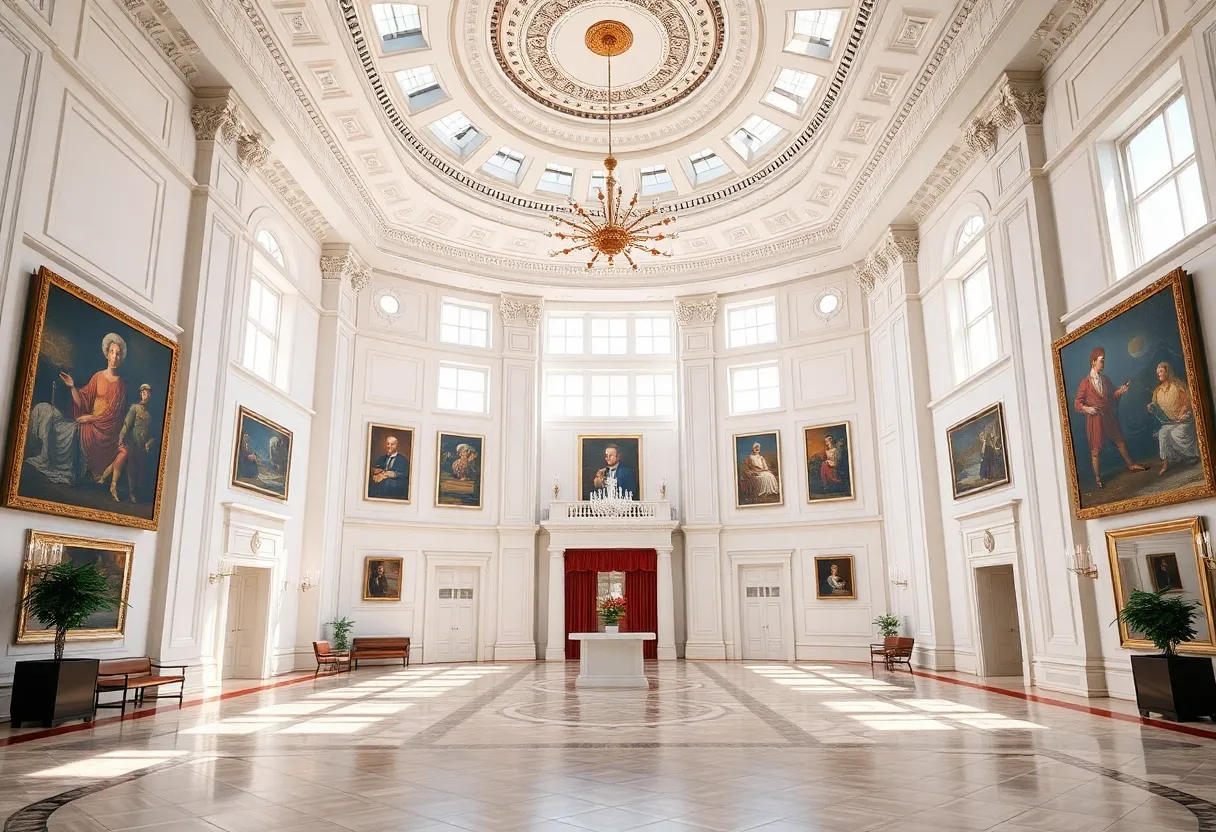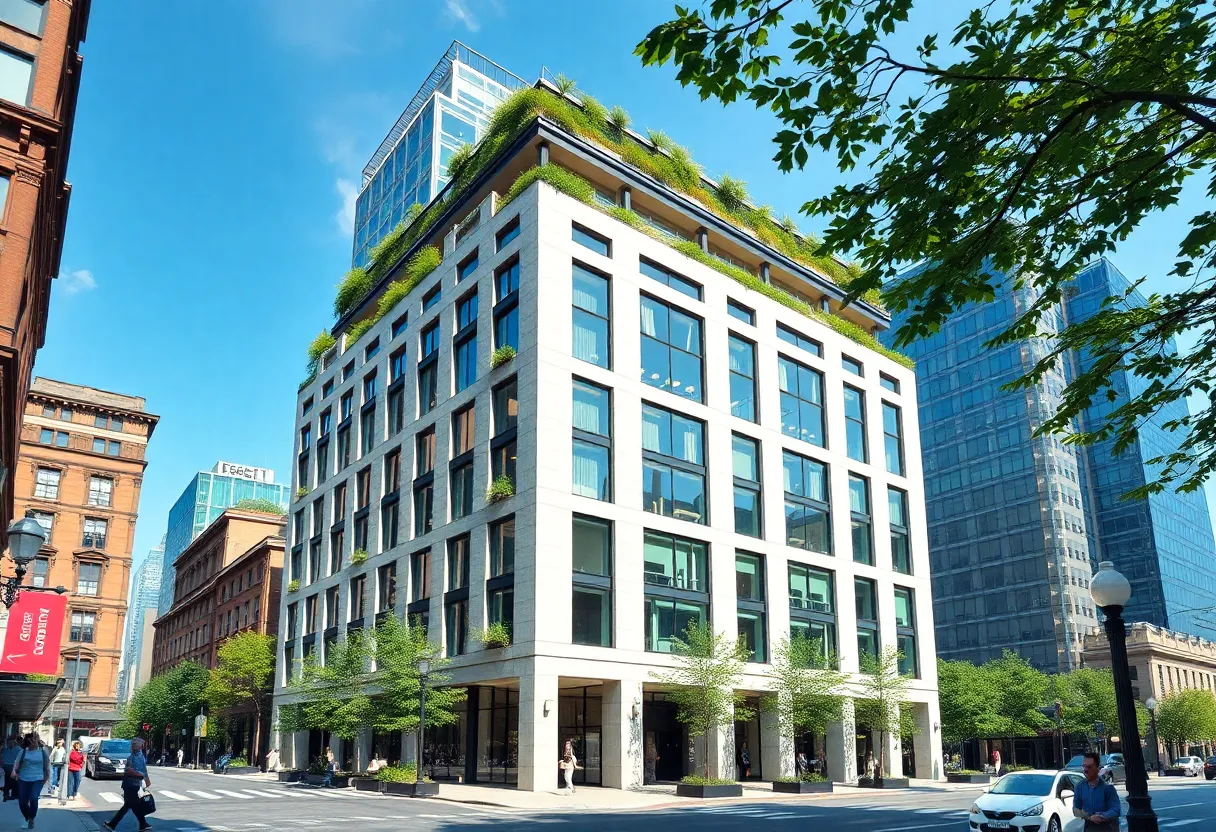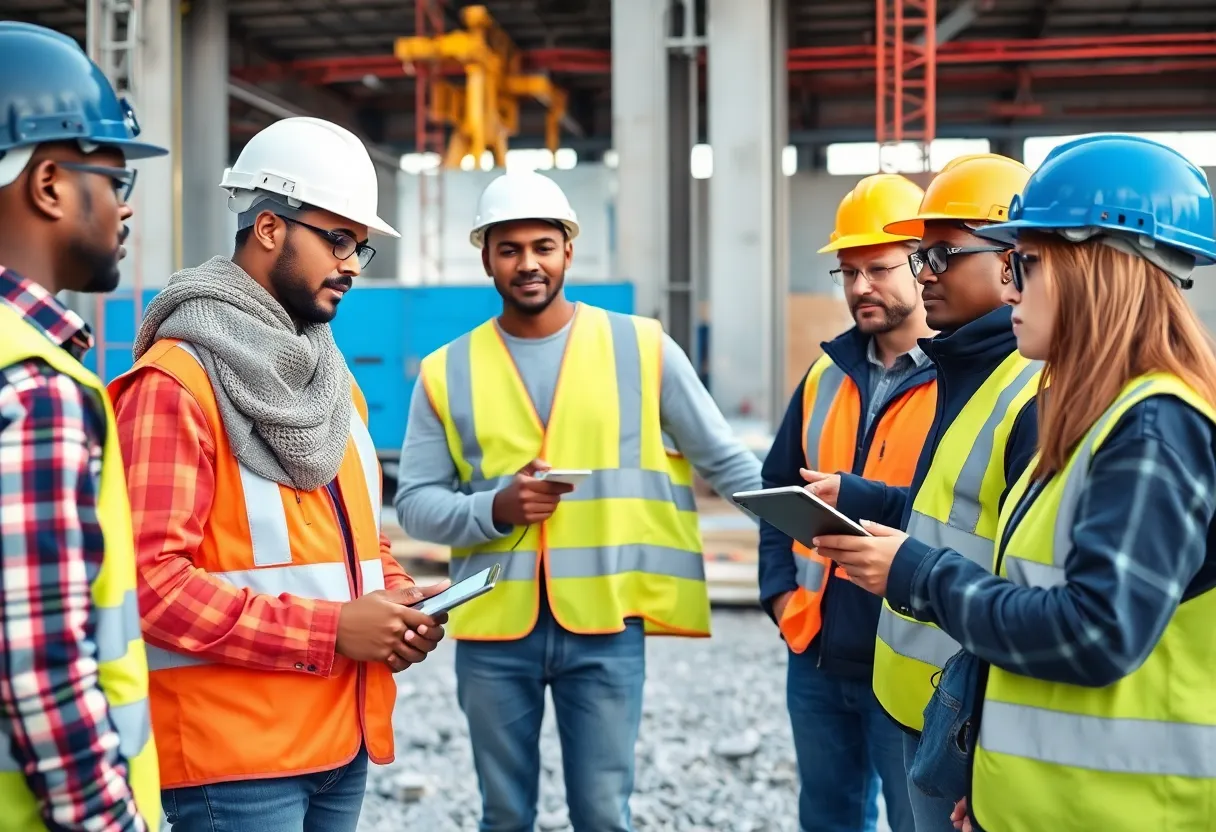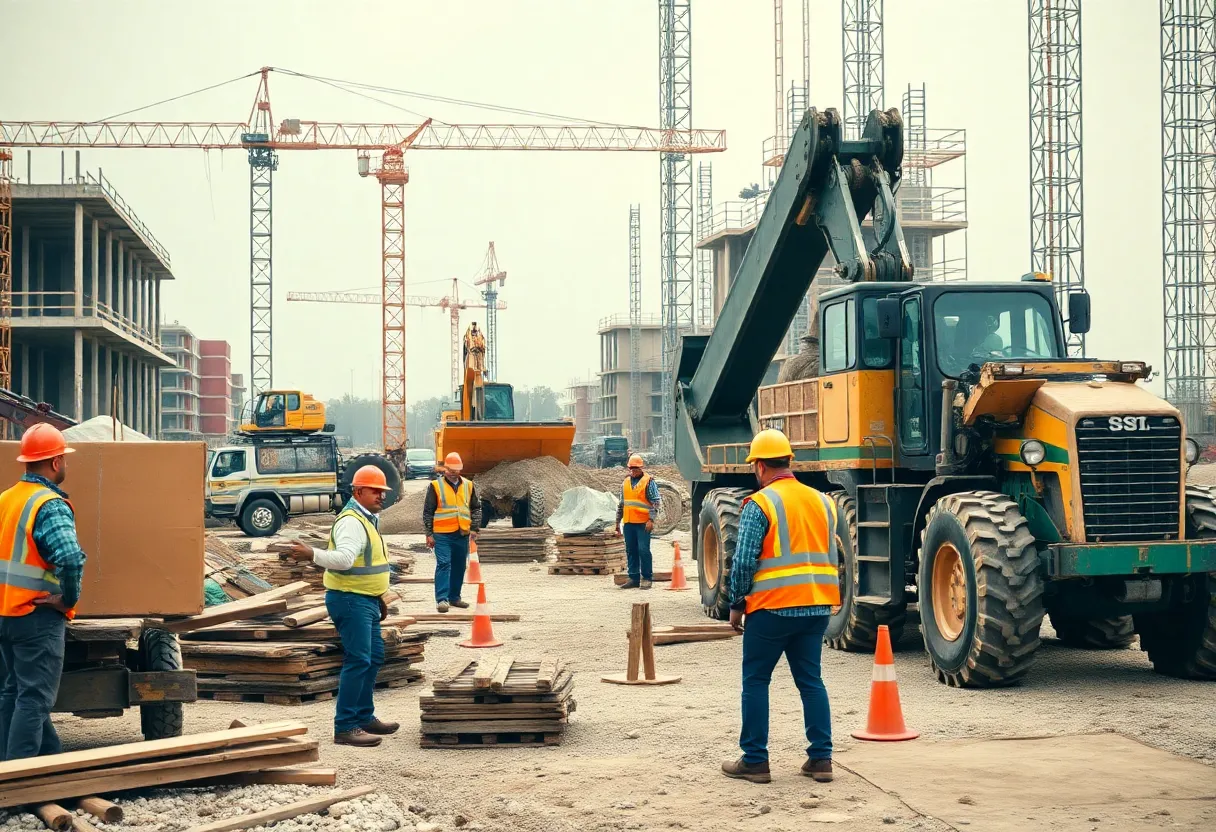News Summary
Demolition has commenced at the White House’s East Wing for a new ballroom project costing $250 million. This initiative integrates biometric security features and sustainable materials, enhancing the residence’s safety and environmental footprint. Artists are set to create murals reflecting American history, adding cultural value to the modernization effort. The phased construction aims to minimize disruptions to daily operations, with potential economic benefits for the broader construction industry through job creation and innovative practices.
Washington, D.C. – Demolition Begins for White House Ballroom Project
In Washington, D.C., demolition is underway at the White House’s East Wing to construct a new ballroom, with the project estimated at $250 million. This initiative, reported on October 21, 2025, involves significant renovations to enhance the presidential residence, including the integration of advanced security features into the building’s design.
The project focuses on modernizing the East Wing while incorporating biometric security features directly into the architecture for improved safety. Artists have been commissioned to create murals that reflect key moments in American history, adding cultural value to the space. To address environmental concerns, materials are being sourced sustainably to achieve a low-carbon footprint, demonstrating a commitment to green building practices.
Construction crews are working in phases to minimize disruptions, ensuring that officials can continue their daily activities without interruption. Economic analysts suggest that this high-profile endeavor could have positive effects on the overall construction industry by stimulating related sectors and showcasing innovative techniques.
Once completed, public tours of the renovated area may resume, providing educational opportunities for visitors to learn about the site’s evolution over time. This ambitious project highlights advancements in how presidential residences are updated to meet contemporary needs.
The $250 million renovation is part of ongoing efforts to adapt historic structures for modern use. The East Wing, a key part of the White House complex, is being partially demolished to accommodate the new ballroom space. This approach allows for the expansion while preserving the overall integrity of the building.
Key elements of the project include the use of sustainable materials, which help reduce environmental impact by focusing on low-carbon sourcing. The inclusion of biometric security features represents a forward-thinking step in protecting the premises, blending technology seamlessly with historical architecture.
The commissioned murals will depict aspects of American history, serving as a bridge between the past and present. By phasing the work, the project ensures that essential operations at the White House continue smoothly, avoiding any major downtime for commuting officials.
Economic benefits extend beyond the immediate site, as analysts point to potential ripple effects in the construction sector. This could include job creation and the adoption of new technologies nationwide. Public engagement remains a priority, with plans for tours that educate visitors on the historical significance of the changes.
Overall, this renovation underscores the balance between preserving heritage and embracing innovation in government facilities. The project’s scale and features position it as a benchmark for future enhancements in public architecture.
In summary, the demolition and construction at the White House represent a major investment in upgrading the East Wing for a new ballroom. Reported on October 21, 2025, the effort integrates security, art, sustainability, and education into a comprehensive plan that could influence broader industry trends.
This project not only addresses immediate needs but also sets an example for sustainable and secure building practices. With its emphasis on American history through murals and environmentally friendly materials, it aims to create a space that honors tradition while looking to the future. The phased approach ensures minimal disruption, allowing the White House to function effectively during the process. Analysts highlight the potential for positive economic impacts, making this more than just a local upgrade.
The initiative’s focus on biometric integration involves embedding advanced technology into the structure, which could serve as a model for other government buildings. Sustainable sourcing means selecting materials that minimize carbon emissions, aligning with global efforts to combat climate change. The economic ripple effects might include increased demand for skilled labor and innovative materials in the construction field. Public tours, once resumed, will offer insights into how the site has evolved, fostering greater public appreciation for historical sites.
By working in phases, crews maintain access for officials, ensuring that daily operations proceed uninterrupted. This careful planning reflects the project’s ambition to showcase advancements in residential enhancements for high-security environments. The overall goal is to create a multifunctional space that enhances both functionality and aesthetic appeal.
FAQ Section
- Q1: What is the current status of the demolition at the White House?
- A1: Demolition is ongoing at the White House for the East Wing to build Trump’s ballroom, estimated at $250 million.
- Q2: What security features are being added in the renovation?
- A2: The renovation integrates biometric security features into the architecture.
- Q3: How is the project addressing environmental concerns?
- A3: Sustainable sourcing for materials ensures a low-carbon footprint.
- Q4: What role do artists play in this project?
- A4: Artists are commissioned to create murals reflecting American history.
- Q5: When might public tours resume?
- A5: Public tours may resume post-construction, educating visitors on the site’s evolution.
- Q6: What are the economic implications of this project?
- A6: Economic analysts see positive ripple effects on the overall construction industry.
- Q7: How is the construction being managed to avoid disruptions?
- A7: Crews work in phases to allow commuting officials uninterrupted access.
- Q8: What is the broader significance of this project?
- A8: This ambitious project showcases advancements in presidential residence enhancements.
Key Features Chart
| Feature | Description |
|---|---|
| Demolition and Construction | Ongoing at the White House for the East Wing to build Trump’s ballroom, estimated at $250 million. |
| Security Integration | Integrates biometric security features into the architecture. |
| Artistic Elements | Artists are commissioned to create murals reflecting American history. |
| Environmental Approach | Sustainable sourcing for materials ensures a low-carbon footprint. |
| Public Access | Public tours may resume post-construction, educating visitors on the site’s evolution. |
| Economic Impact | Economic analysts see positive ripple effects on the overall construction industry. |
| Construction Management | Crews work in phases to allow commuting officials uninterrupted access. |





